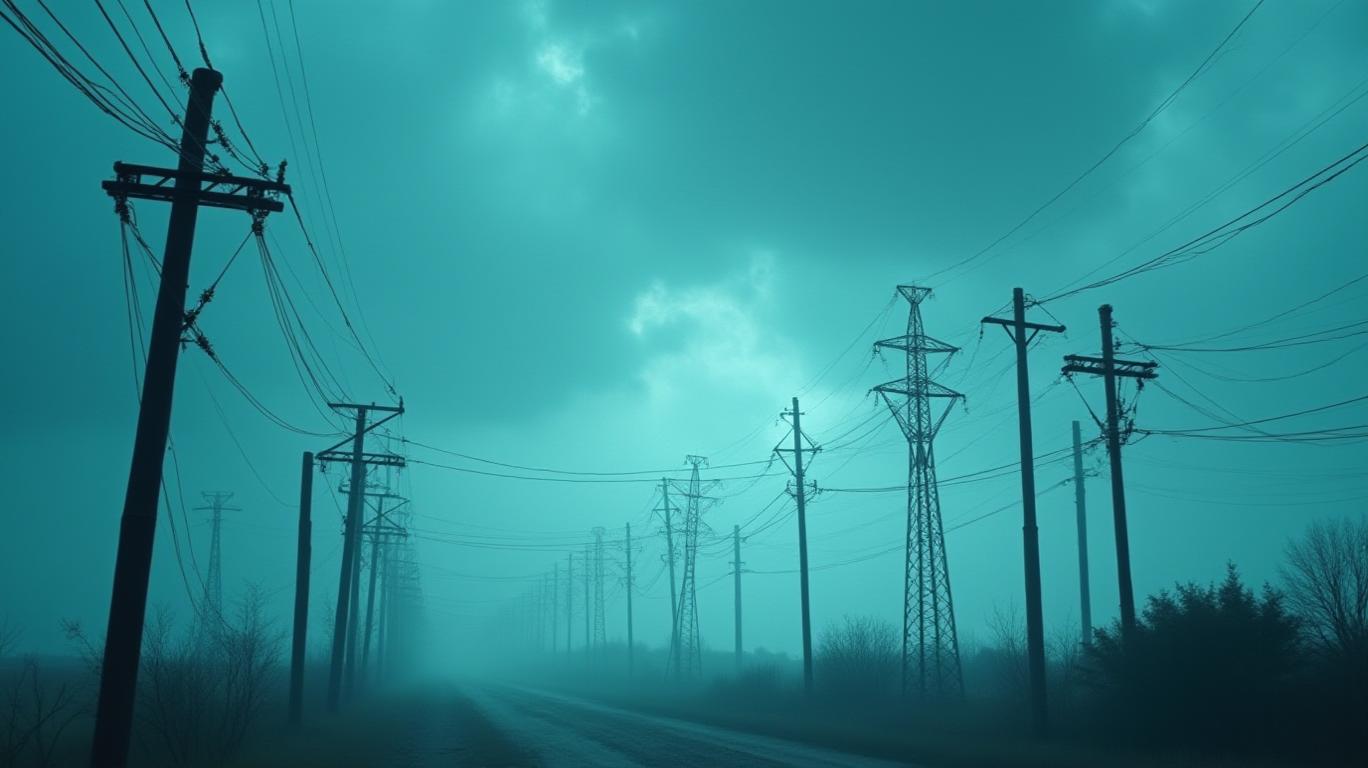AEP Outages Signal a Utilities Crisis: Time to Pivot to Resilience
The recent power outages at
(AEP) underscore a growing crisis in the utility sector: aging infrastructure, regulatory pressure, and escalating operational risks are creating fertile ground for financial turbulence. For investors, this is not just a temporary hiccup—it’s a warning to reassess exposure to utilities lagging in modernization and pivot to companies building resilient energy systems.The AEP Outage: A Systemic Failure Unveiled
On May 16, 2025, a storm triggered outages for 5,279 AEP Ohio customers, with repairs still underway for over 1,400 households by afternoon. While the scale of this incident was moderate compared to 2024’s 72,000-customer outage from a severe April storm, the root causes remain unchanged: decaying equipment, inadequate vegetation management, and climate-driven weather extremes.
AEP’s own data reveals a stark reality:
- Aging Infrastructure: Over 300,000 pieces of equipment are in need of repair, including 200 poles and 1,600 crossarms.
- Regulatory Missed Targets: Outages averaged 100 minutes longer than Ohio’s 148-minute standard in 2024, excluding weather.
- Costly Delays: Maintenance backlogs and storm-related repairs have already driven up operational expenses.

The Financial Cascade: Risks to Investors
AEP’s struggles are a microcosm of industrywide vulnerabilities:
1. Regulatory Scrutiny and Penalties
States are tightening rules. Ohio now mandates outage durations (excluding weather) of 146 minutes or less. Failure to comply could trigger fines, forced infrastructure spending, or asset write-downs.
2. Soaring Maintenance Costs
AEP plans to spend $95.1 million on a substation for Intel’s new 500-MW facility—a fraction of the $2.5 trillion the U.S. grid requires through 2030. Utilities like AEP face a choice: divert profits to repairs or risk falling further behind.
3. Investor Confidence Erosion
AEP’s stock has underperformed peers by 15% since 2023, reflecting concerns over reliability and capital allocation. Outages amplify this trend, as customers and regulators demand accountability.
The Investment Play: Short Laggards, Back Resilience
The writing is on the wall: utilities that delay modernization will face declining valuations, while those investing in smart grids, renewable integration, and climate-resilient systems will thrive.
Tactical Moves for Investors
- Short AEP or Similar Laggards: Utilities with poor reliability metrics (e.g., AEP’s 10-minute excess outage duration) or delayed infrastructure upgrades are prime candidates for short positions.
- Buy Resilience Stocks: Companies like NextEra Energy (NEE) or Dominion Energy (D) are leaders in grid modernization and regulatory compliance.
- Target Infrastructure Funds: ETFs like PDBC (PowerShares DBC) or sector-specific funds focused on smart grid tech offer diversified exposure to the resilience boom.
Conclusion: The Grid’s Inflection Point
AEP’s outages are not anomalies—they’re the new normal for utilities stuck in the past. With climate volatility and stricter regulations, investors must act now: exit underprepared utilities and back firms building the grid of the future. The window to avoid the financial fallout is narrowing.
The choice is clear: adapt or be left in the dark.
This article synthesizes data on AEP’s operational challenges, regulatory risks, and financial implications to argue for a strategic pivot away from lagging utilities. The call to action leverages urgency and specificity to drive investor decisions.

Comments
No comments yet